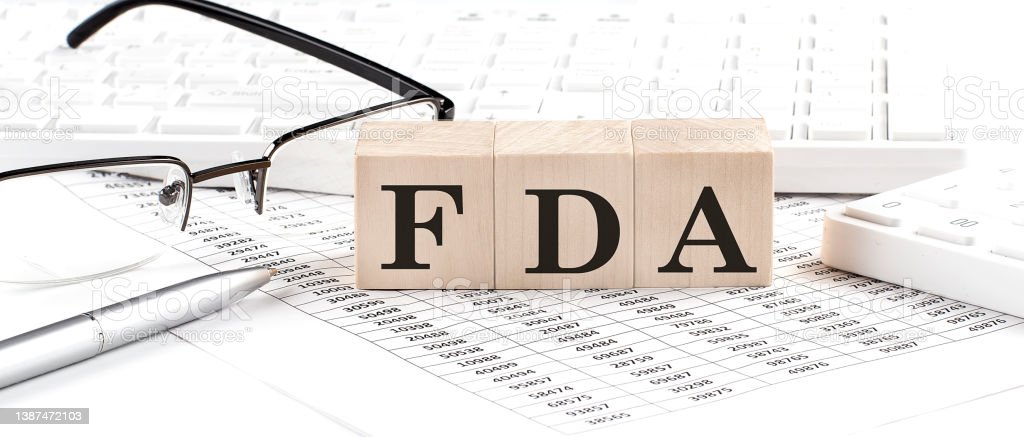1. Purpose
1.1. This SOP outlines the procedure for training and qualification of employees to ensure competency and compliance with company standards.
2. Scope 2.1. This procedure applies to all employees requiring training and qualification within the organization.
3. Responsibilities
3.1. Human Resources Department:
3.1.1. Coordinate training programs.
3.1.2. Maintain training records.
3.2. Department Managers:
3.2.1. Identify training needs for their respective departments.
3.2.2. Ensure employees attend required training sessions.
3.3. Employees:
3.3.1. Participate actively in training sessions.
3.3.2. Complete required assessments and certifications.
4. Training Needs Assessment
4.1. Department managers assess the skills and knowledge required for each position.
4.2. Identify gaps between current skills and job requirements.
4.3. Determine training priorities based on job roles and responsibilities.
5. Training Program Development
5.1. HR collaborates with subject matter experts to design training modules.
5.2. Develop training materials, including presentations, manuals, and simulations.
5.3. Incorporate interactive elements to enhance engagement and learning retention.
6. Training Delivery
6.1. Schedule training sessions based on employee availability and operational needs.
6.2. Conduct training sessions using qualified trainers or external resources.
6.3. Ensure trainers provide clear instructions and encourage participation.
6.4. Monitor training effectiveness through feedback and assessments.
7. Qualification Process
7.1. Assess employee performance during training sessions.
7.2. Administer written exams or practical assessments to evaluate understanding and competency.
7.3. Set minimum passing scores or performance standards for qualification.
7.4. Provide remedial training for employees who do not meet qualification criteria.
8. Certification
8.1. Issue certificates or badges upon successful completion of training and qualification.
8.2. Maintain records of certifications for each employee.
8.3. Ensure certifications are up-to-date and valid for job requirements.
9. Ongoing Training and Development
9.1. Schedule periodic refresher training to reinforce knowledge and skills.
9.2. Identify new training needs arising from changes in technology, regulations, or job duties.
9.3. Encourage employees to pursue continuous learning and professional development opportunities.
10. Documentation and Recordkeeping
10.1. Maintain comprehensive records of training activities, including attendance, assessments, and certifications.
10.2. Ensure records are accurate, up-to-date, and accessible for audits or compliance checks.
10.3. Retain training records in accordance with company policies and regulatory requirements.
11. Revision and Review
11.1. Periodically review and update training materials and procedures to reflect changes in job requirements or best practices.
11.2. Solicit feedback from trainers, managers, and employees to improve training effectiveness.
11.3. Revise SOP as needed to ensure clarity and alignment with organizational goals.
12. Compliance
12.1. Ensure adherence to all relevant laws, regulations, and industry standards governing employee training and qualification.
12.2. Conduct regular audits to verify compliance with SOP and regulatory requirements.
12.3. Take corrective actions as necessary to address non-compliance issues.
13. Definitions
13.1. Training: Formal instruction provided to employees to develop knowledge, skills, and competencies required for their job roles.
13.2. Qualification: Process of assessing and confirming that an employee possesses the necessary skills and knowledge to perform their job effectively.
13.3. Certification: Formal recognition of an individual’s achievement in completing training and meeting qualification requirements.
14. References
14.1. List any relevant policies, regulations, or industry standards related to employee training and qualification.
15. Appendix
15.1. Include any additional forms, templates, or resources related to training and qualification procedures.
- For more articles, Kindly Click here.
- For pharmaceutical jobs, follow us on LinkedIn
- For Editable SOPs in word format contact us on info@pharmaceuticalcarrier.com
- For more information kindly follow us on pharmaguidelines.co.uk











